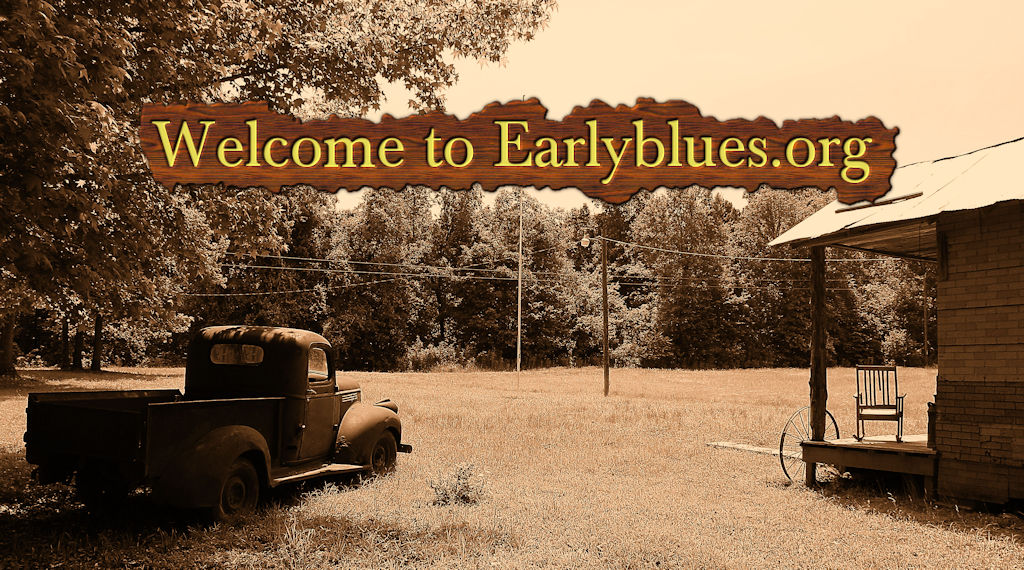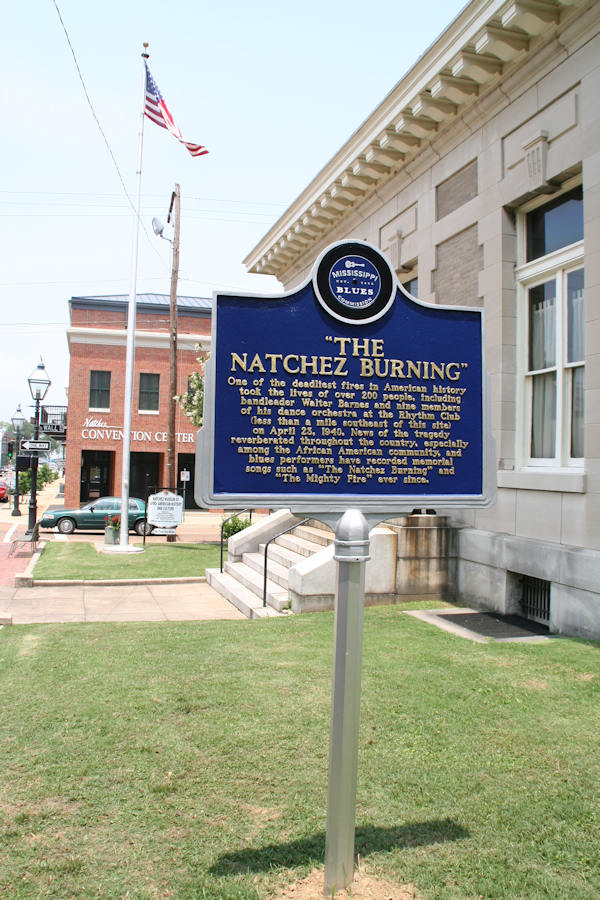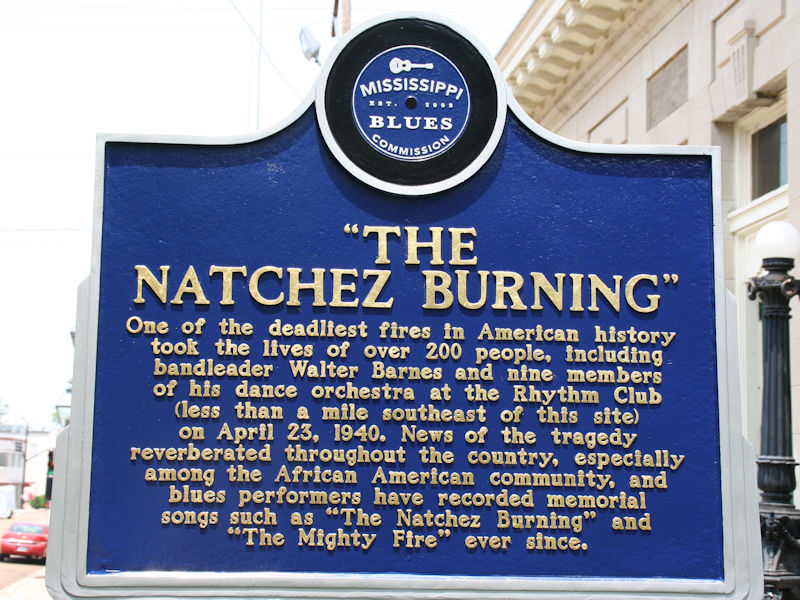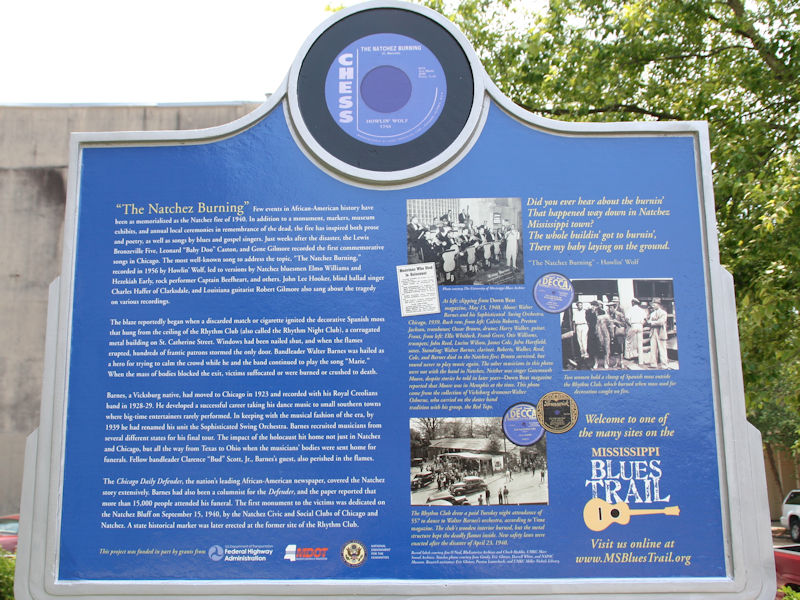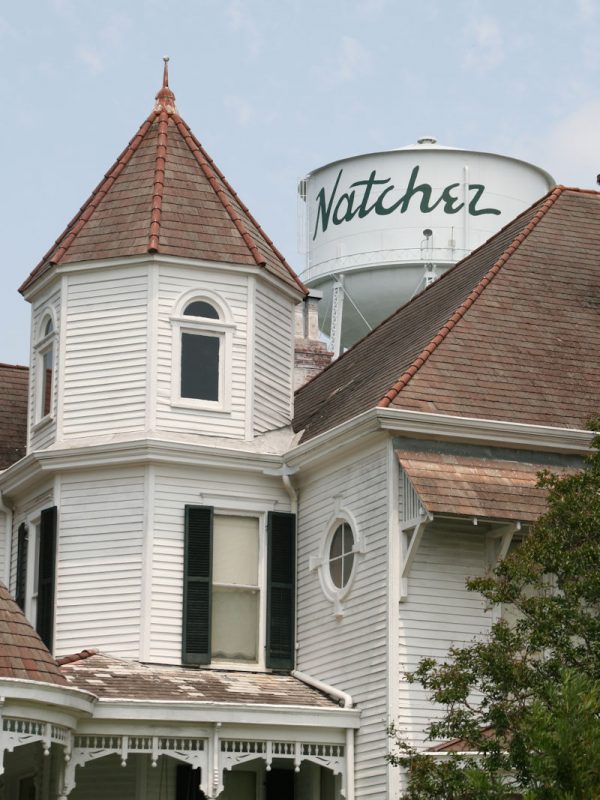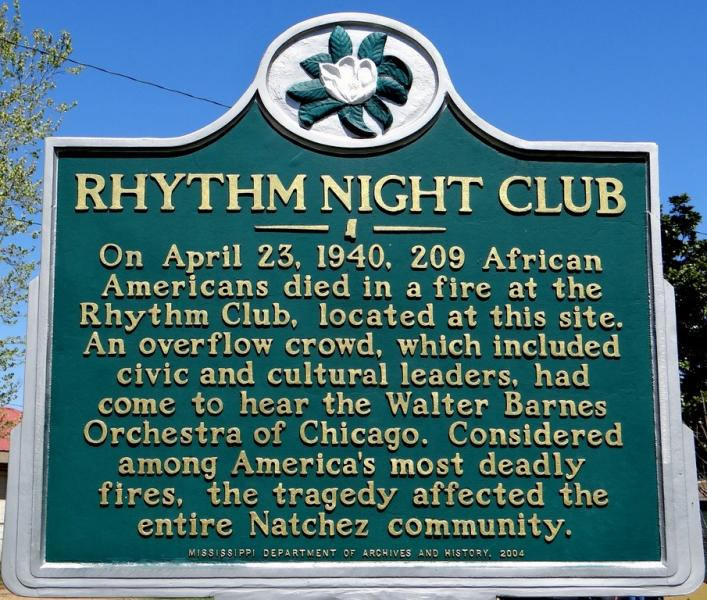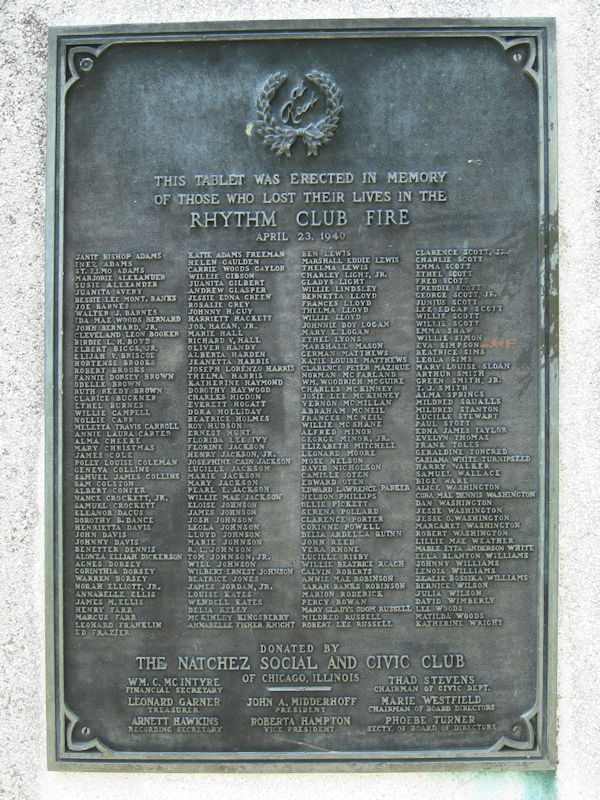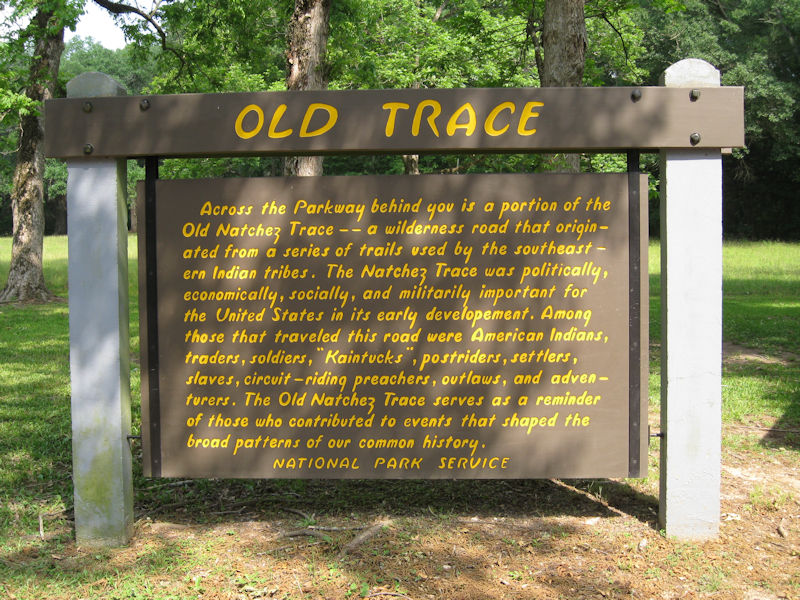Themed Photo Gallery and Information: Natchez, Mississippi
History
Natchez is the county seat and only city of Adams County, Mississippi, United States. Natchez has a total population of 15,792 (as of the 2010 census). Located on the Mississippi River across from Vidalia in Concordia Parish, Louisiana, Natchez was a prominent city in the antebellum years, a center of cotton planters and Mississippi River trade.
Natchez is some 90 miles (140 km) southwest of Jackson, the capital of Mississippi, which is located near the center of the state. It is approximately 85 miles (137 km) north of Baton Rouge, Louisiana, located on the lower Mississippi River. Natchez is the 25th-largest city in the state. The city was named for the Natchez tribe of Native Americans, who with their ancestors, inhabited much of the area from the 8th century AD through the French colonial period.
Established by French colonists in 1716, Natchez is one of the oldest and most important European settlements in the lower Mississippi River Valley. After the French lost the French and Indian War (Seven Years’ War), they ceded Natchez and near territory to Spain in the Treaty of Paris of 1763. (It later traded other territory east of the Mississippi River with Great Britain, which expanded what it called West Florida).
After the United States acquired this area from the British after the American Revolutionary War, the city served as the capital of the American Mississippi Territory and then of the state of Mississippi. It predates Jackson by more than a century; the latter replaced Natchez as the capital in 1822, as it was more centrally located in the developing state. The strategic location of Natchez, on a bluff overlooking the Mississippi River, ensured that it would be a pivotal center of trade, commerce, and the interchange of ethnic Native American, European, and African cultures in the region; it held this position for two centuries after its founding.
In U.S. history, Natchez is recognized particularly for its role in the development of the Old Southwest during the first half of the nineteenth century. It was the southern terminus of the historic Natchez Trace, with the northern terminus being Nashville, Tennessee. After unloading their cargoes in Natchez or New Orleans, many pilots and crew of flatboats and keelboats traveled by the Trace overland to their homes in the Ohio River Valley. (Given the strong current of the Mississippi River, it was not until steam-powered vessels were developed in the 1820s that travel northward on the river could be accomplished by large boats.) The Natchez Trace also played an important role during the War of 1812. Today the modern Natchez Trace Parkway, which commemorates this route, still has its southern terminus in Natchez.
In the middle of the nineteenth century, the city attracted wealthy Southern planters as residents, who built mansions to fit their ambitions. Their plantations were vast tracts of land in the surrounding lowlands along the river fronts of Mississippi and Louisiana, where they grew large commodity crops of cotton and sugarcane using slave labor. Natchez became the principal port from which these crops were exported, both upriver to Northern cities and downriver to New Orleans, where much of the cargo was exported to Europe. Many of the mansions built by planters before 1860 survive and form a major part of the city’s architecture and identity. Agriculture remained the primary economic base for the region until well into the twentieth century.
During the American Civil War Natchez was surrendered by Confederate forces without a fight in September, 1862. Following the Union victory at the Battle of Vicksburg in July, 1863, many refugees, including former slaves, freed by the Emancipation Proclamation, began moving into Natchez and the surrounding countryside. The Union Army officers claimed to be short on resources and unable to provide for the refugees. The Army planned to address the situation with a mixture of paid labor for freed slaves on government leased plantations, the enlistment of able bodied males who were willing to fight in the Union Army and the establishment of refugee camps where former slaves could be provided with education. However, as the war continued, the plan was never effectively implemented and the leased plantations were crowded, poorly managed and frequently raided by Confederate troops who controlled the surrounding territory. Hundreds of people living in Natchez, including many former slaves and refugees, died of hunger, disease, overwork or were killed in the fighting during this period.
After the American Civil War, the city’s economy rapidly revived, mostly due to Natchez having been spared the destruction visited upon many other parts of the South. The vitality of the city and region was captured most significantly in the 80 years or so following the war by the photographers Henry C. Norman and his son Earl. The output of the Norman Studio between roughly 1870 and 1950 documents this period in Natchez’s development vividly; the photographs are now preserved as the Thomas and Joan Gandy Collection in special collections of the library of Louisiana State University in Baton Rouge.
During the twentieth century, the city’s economy experienced a downturn, first due to the replacement of steamboat traffic on the Mississippi River by railroads in the early 1900s, some of which bypassed the river cities and drew away their commerce. Later in the 20th century, many local industries closed in a restructuring that sharply reduced the number of jobs in the area. Despite its status as a popular destination for heritage tourism because of well-preserved antebellum architecture, Natchez has had a general decline in population since 1960. It remains the principal city of the Natchez, MS–LA Micropolitan Statistical Area.
Source: Wikipedia
Click here for main article: History of Natchez, Mississippi
Mississippi Blues Trail Markers
Full text:
One of the deadliest fires in American history took the lives of over 200 people, including bandleader Walter Barnes and nine members of his dance orchestra at the Rhythm Club (less than a mile southeast of this site) on April 23, 1940. News of the tragedy reverberated throughout the country, especially among the African American community, and blues performers have recorded memorial songs such as “The Natchez Burning” and “The Mighty Fire” ever since.
Few events in African-American history have been as memorialized as the Natchez fire of 1940. In addition to a monument, markers, museum exhibits, and annual local ceremonies in remembrance of the dead, the fire has inspired both prose and poetry, as well as songs by blues and gospel singers. Just weeks after the disaster, the Lewis Bronzeville Five, Leonard “Baby Doo” Caston, and Gene Gilmore recorded the first commemorative songs in Chicago. The most well-known song to address the topic, “The Natchez Burning,” recorded in 1956 by Howlin’ Wolf, led to versions by Natchez bluesmen Elmo Williams and Hezekiah Early, rock performer Captain Beefheart, and others. John Lee Hooker, blind ballad singer Charles Haffer of Clarksdale, and Louisiana guitarist Robert Gilmore also sang about the tragedy on various recordings.
The blaze reportedly began when a discarded match or cigarette ignited the decorative Spanish moss that hung from the ceiling of the Rhythm Club (also called the Rhythm Night Club), a corrugated metal building on St. Catherine Street. Windows had been nailed shut, and when the flames erupted, hundreds of frantic patrons stormed the only door. Bandleader Walter Barnes was hailed as a hero for trying to calm the crowd while he and the band continued to play the song “Marie.” When the mass of bodies blocked the exit, victims suffocated or were burned or crushed to death.
Barnes, a Vicksburg native, had moved to Chicago in 1923 and recorded with his Royal Creolians band in 1928-29. He developed a successful career taking his dance music to small southern towns where big-time entertainers rarely performed. In keeping with the musical fashion of the era, by 1939 he had renamed his unit the Sophisticated Swing Orchestra. Barnes recruited musicians from several different states for his final tour. The impact of the holocaust hit home not just in Natchez and Chicago, but all the way from Texas to Ohio when the musicians’ bodies were sent home for funerals. Fellow bandleader Clarence “Bud” Scott, Jr., Barnes’s guest, also perished in the flames.
The Chicago Daily Defender, the nation’s leading African-American newspaper, covered the Natchez story extensively. Barnes had also been a columnist for the Defender, and the paper reported that more than 15,000 people attended his funeral. The first monument to the victims was dedicated on the Natchez Bluff on September 15, 1940, by the Natchez Civic and Social Clubs of Chicago and Natchez. A state historical marker was later erected at the former site of the Rhythm Club.
Full text:
The rich legacy of blues, jazz, and gospel in Natchez has often been obscured by the tragic shadow of the notorious Rhythm Club fire that claimed some 200 lives here in 1940. Alexander “Papa George” Lightfoot was one of the most talented blues harmonica players of the post-World War II era, and in later years Jimmy Anderson, Hezekiah Early, Elmo Williams, and brothers Theodis and Y. Z. Ealey brought their Bluff City blues to audiences across the country and overseas.
African American music in Natchez has spanned an extraordinarily wide spectrum, encompassing fife and drum groups, string bands, dance orchestras, jazz, rhythm & blues, down-home blues, hip hop, gospel, and more. Among the performers active in the pre-World War II years were fiddler Butch Cage, female guitarist Geeshie Wiley, Bud Scott and his Syncopators, and several who continued to perform locally after the war, including pianist Tom Griffin, guitarist William “Cat-Iron” Carradine, and bandleading saxophonists Earl Reed and Otis Smith. The most famous and most memorialized event in Natchez musical history was the devastating fire at the Rhythm Club on April 23, 1940. Chicago bandleader Walter Barnes and most of his orchestra perished along with almost two hundred Natchez residents, including Brumfield High School music instructor Woodrich McGuire and three student bandmembers. When Library of Congress folklorists John A. Lomax and his wife Ruby stopped in Natchez in October of 1940 on a field recording expedition, Ruby Lomax wrote, “Any songs besides spirituals are hard to get here; for that terrible dance hall fire of several months ago has sent the Negro population to the mourners’ bench, and they will not sing ‘reels’ or ‘worl’ly’ songs.” However, the Lomaxes did succeed in recording Natchez blues guitarists Lucius Curtis, Willie Ford, and George Baldwin, as well as spiritual singer Alice “Judge” Richardson.
As music resumed in the clubs and cafes of Franklin, Pine, and St. Catherine streets, new talents emerged in the 1940s and ‘50s. “Papa George” Lightfoot became the best known Natchez blues artist of the era after he appeared on national radio broadcasts and recorded for several prominent record labels. Lightfoot (1924-1971) made some of his first recordings for the Sultan label, a company formed by an interracial Natchez partnership in 1950. One of its partners, Jack Davis, also recorded with his Blues Blasters band, which included James Rowan on trumpet and Joe Frazier on drums. Papa Lightfoot’s mastery of the harmonica is still heralded today, but he was unable to sustain a musical career and was remembered by many in Natchez as an ice cream peddler.
Jimmy Anderson, another noted harmonica player from Natchez, also achieved some renown as a blues recording artist in Louisiana in the 1960s. He later worked in Natchez as a radio announcer, broadcasting under the moniker “Soul Man Lee.” The fertile Natchez blues tradition has also been enriched by “Stormy Herman” Colbert, Eugene Butler and the Rocking Royals, Y. Z. Ealey and the Merrymakers, Hezekiah Early and the Houserockers, Elmo Williams, Theodis Ealey, and others.
Full text:
Clarence “Bud” Scott, Sr., led one of the most popular dance bands in the Mississippi-Louisiana region for several decades beginning around 1900. Scott (1876-1938), a lifelong Natchez resident, was renowned among both white and black audiences. Although the dances were segregated, the entire community could hear Scott when he sang from the balcony of the Natchez Confectionery at this site. Scott’s son, Clarence, Jr., (1908-1940), also known as Bud, led the band in its later years.
Bud Scott was the most famous African American musician in Mississippi during the early decades of the twentieth century. Across the state and in Louisiana, newspapers that rarely covered African Americans advertised and reported his appearances in glowing terms; some ads promoted his band as “the best orchestra in the South—bar none.” The 1938 Federal Writers’ Project called him “Mississippi’s own pioneer in jazz” and named him among the six most nationally prominent Mississippi-born musicians. He achieved such stature strictly through his legendary live performances—he apparently never made a record or published his songs. Scott was in demand for the busy Natchez schedule of society affairs at mansions, hotels, clubs, and halls, as well as on riverboats. He played for three U.S. presidents and entertained throughout the region at pageants, military balls, political rallies, conventions, graduations, rodeos, town pavilions, ballrooms, theaters, and fairs. A New Orleans reporter later reminisced, “In Mississippi, a Bud Scott dance was to die for.” Serenading was another Natchez tradition championed by Scott’s band and others who played on the steps of antebellum homes and also strolled the black neighborhoods.
Scott, born on October 25, 1876, was also known as “Professor,” a title accorded respected orchestra leaders of the era. Best known for his singing, he was also a composer who played mandolin and other instruments. His band, which often carried twelve to fifteen pieces, used various names, including the Syncopators and, on one 1902 theatrical bill, Bud Scott and his Senegambian Assistants. The group kept pace with the times, evolving from a ragtime string band into a hot jazz outfit and then a swing orchestra with a horn section. Such bands’ repertoires commonly included blues, rendered as both vocals and instrumentals, and Scott’s versatility extended from ballads to cakewalks to the latest Broadway hits. His music made headlines in 1919 when his sizzling rendition of “Eliza Jane” (“L’il Liza Jane”) turned a sedate Meridian affair into a near-riot as dancers broke rank with the old waltzes and square dances to do the shimmy, hesitation, and tickle toe.
Several band members, including Scott’s son Clarence Jr., son-in-law Walter King, Jim Ferguson, and Alonzo Skillens, lived at or next to Scott’s house on Union Street. Pianist Tom Griffin was among the bandsmen who went on to lead their own groups or perform as featured acts. Other bands active in Natchez by the 1930s included Monk Hoggatt and his Revelers and the Otis Smith Orchestra. Scott, who died on November 23, 1938, was in poor health in his final years and unable to sing, but Bud Scott, Jr., and the band continued to perform. Scott, Jr., was preparing for an upcoming show with the band in Greenville when he perished in the famous Rhythm Club fire of April 23, 1940. Arthur “Bud” Scott (1890-1949), a renowned New Orleans jazz musician, was not related, but biographies of the various Bud Scotts have often been confused.
Source: http://msbluestrail.org/
